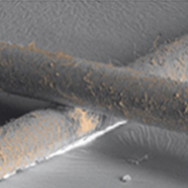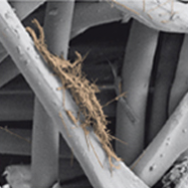ALL THE QUESTIONS
Is work going to be performed in the home you are renting? Do you know what year your building/house dates from? You can ask if an asbestos / PCB / lead diagnosis has been performed in your accommodation. You can get this information from your property manager or owner.
Some of the companies on the list of asbestos removers carry out this kind of small scale emergency work.
During a diagnosis, an expert identifies materials that may contain asbestos, PCB and/or lead. They take samples, whilst taking care not to contaminate the premises, and send them to a laboratory for analysis. They issue a report interpreting the analyses and clearly indicate the areas containing hazardous substances that must be removed or be subject to special precautions.





